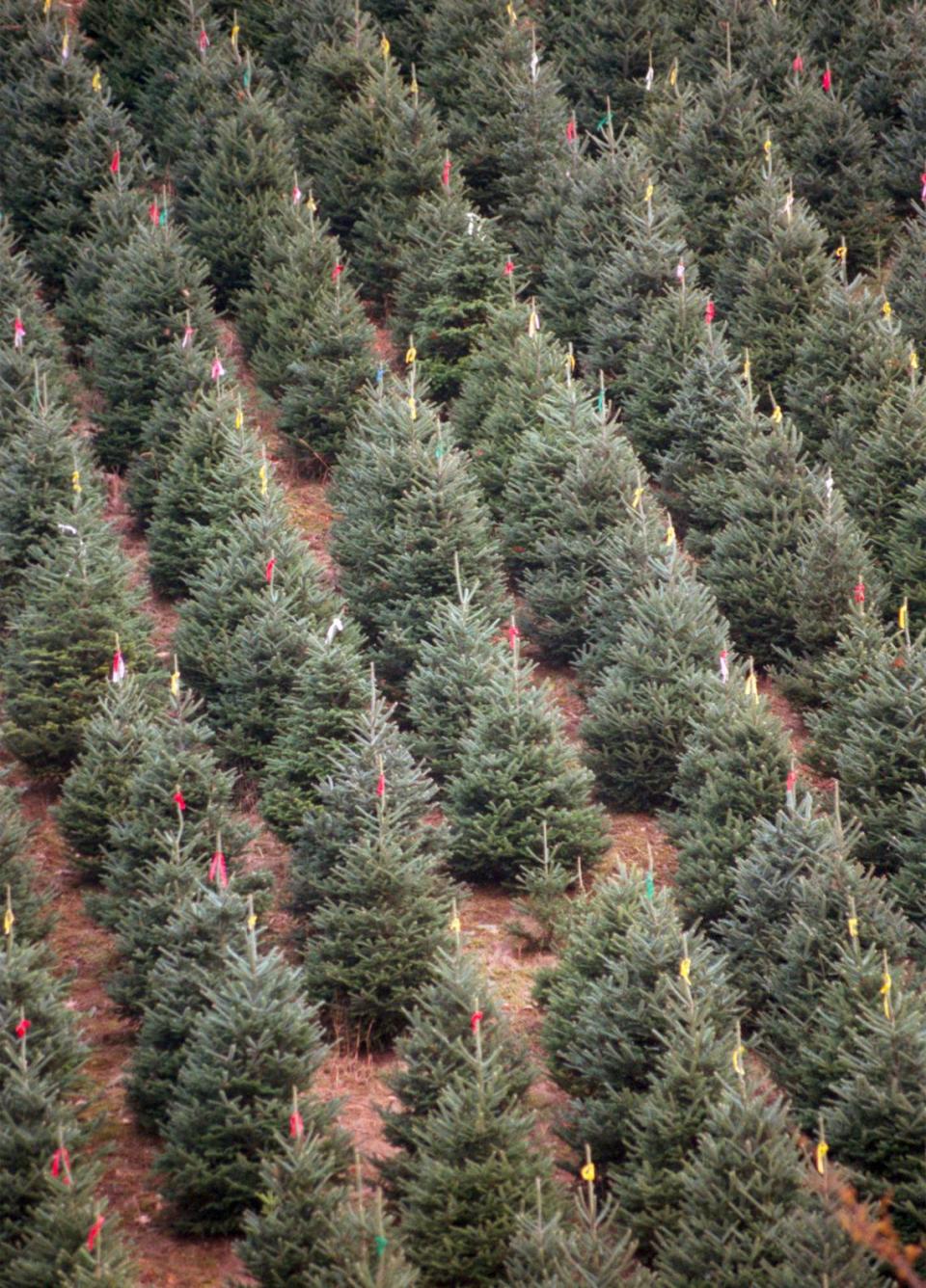Who was Fraser anyway? Six things you might not know about NC-grown Christmas trees
▪ More than 99% of Christmas trees commercially grown in North Carolina are Fraser firs, marketed as “The Cadillac of Christmas Trees.”
▪ The tree was named after John Fraser, a Scottish botanist who explored the southern Appalachians in the late 1700s looking for plants that could be cultivated and sold.
▪ Though they are a one-time-use product, Christmas trees are considered an ecologically sound crop when growers follow best practices. Christmas trees can help stabilize soil, protect water supplies and provide wildlife habitat. Once used, they can be recycled as garden mulch or fish habitat.
▪ Genetic research and growing practices have reduced the amount of time it takes to get a Fraser fir seedling to the field from five years to four years. Once in the field, a Fraser fir needs to grow another seven to 10 years to reach the popular 6-8’ feet height.
▪ Though it grows naturally in the wild at higher elevations, the Fraser fir has been decimated in some areas by the Balsam Wooly Adelgid, a tiny bug. Scientists say the pest has killed 90% of mature fir trees in the Great Smoky Mountains National park since 1962.
▪ The tree inside the rotunda of the North Carolina State Capitol each year is the winner of the annual N.C. Christmas Tree Association contest.


 Yahoo Movies
Yahoo Movies 